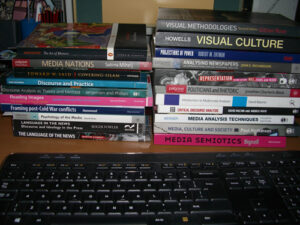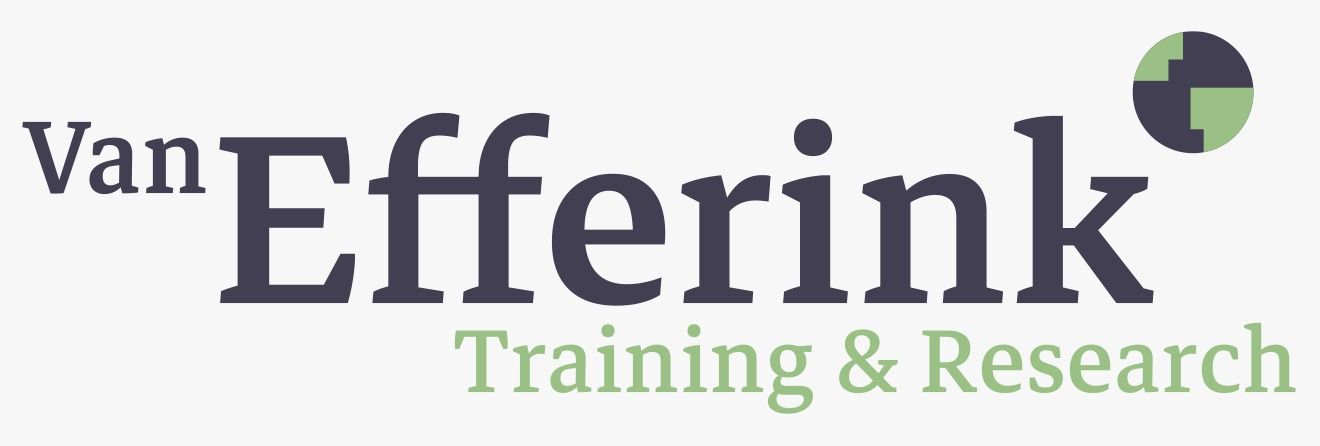The sixth online edition of this course lasts from 19 until 30 August 2024. Between 2014 and 2019, I organized seven on-campus editions of this course in Maastricht. PhD candidates normally dominate the course participants, but students and professionals also benefited from past editions. Go to DreamApply website for more information and to book your spot in this engaging and helpful course.
Objectives of this Tutorial
Developing the structure of your research paper could be a long process. This is especially problematic if you don’t have much time (left). This applies particularly to participants in my course “Media Representations and Research Methods” at Maastricht Summer School. To enable my students to quickly decide on how to structure their paper, I have developed this Research Paper Template for Media Representations Analysis. (If you click on the link, you can download the Word document with the complete research paper template)

This template is fully in line with the main objective of my Summer School course: helping students with designing an analytical framework to study media representations with textual and/or visual elements. The structure of the template reflects an effective way in which you can approach your data, concepts and method. I shared my Research Paper Template for Media Representations Analysis for the first time with my students in 2016. It proved to be of great help to various participants in my Summer School course. Some of them asked me whether they could use the template for their research and teaching.
Therefore, I decided to offer my Research Paper Template for Media Representations Analysis as a free download on my website. It is good to keep in mind that the structure of an essay should always reflect its educational or analytical objectives. Therefore, we encourage you to change this template if that helps to bring its structure more in line with your objectives.
The Structure of the Research Paper Template
The structure of my Research Paper Template for Media Representations Analysis is as follows:
1. Theme, Concept and Data
a. Relevance of Theme
b. Relevance of Key Concept
c. Relevance of Data
2. Research Questions
a. Meta Question
b. Central Question
c. Operational Questions
3. Methodology
a. A Broad Perspective
b. A Narrow Perspective
4. Findings
5. Conclusions
6. Bibliography
7. Annexes

The Seven Parts of the Research Paper Template
To help you write the different sections, I would suggest a series of relevant questions to address in your research paper.
1. Topic, Concept and Data
1a. Relevance of Your Topic
- Why have you chosen the topic?
- How does it relate to your personal/professional interests?
- Why does it matter to your society, to your discipline or to human kind?
1b. Relevance of Your Academic Concept
- What is a valuable academic concept to analyze your topic? For example, could it be identity or security, so you would analyse how the text or image constructs this concept?
- How would you define this concept?
- Which words, grammatical structures and visual building blocks do (implicitly) refer this concept?
1c. Relevance of Your Data
- Why have you selected a particular textual, visual or multimodal representation?
- What makes it a relevant “vehicle of meaning”?
- How does it relate to your topic?
- What can it teach us about your key concept in a particular context?
2. Research Questions
2a. Main Research Question (MRQ)
The main research question makes clear what your research is trying to achieve. For this course, I would recommend to refer directly to your article/image/cartoon, to include your key concept and to use a word referring explicitly or implicitly to meaning-making processes.
2b. Contributory Research Questions (CRQs)
Contributory research questions help you to answer the central research question in “better doable” steps.
2c. Operational Research Questions (ORQs)
Operational research questions are less abstract questions that link your academic concepts to your data and help you to answer your contributory research questions.
By answering these ‘smaller and less abstract’ questions, you should eventually also be able to answer the main research question.
3. Methodology
3a. A Broad Perspective
- Why have you selected critical discourse analysis, social semiotics or news framing analysis (or a combination of them)?
- What are the analytical strengths and weaknesses of this approach?
3b. A Narrow Perspective
- Do you follow an interpretation of the method of one particular scholar? E.g. Van Dijk, Richardson, Entman and so on.
- How does this scholar define the concept that is pivotal in her/his approach? E.g. discourse, a sign/semiotic resource or a frame?
- What are its key characteristics?
- Why is this specific approach useful to interpret your data?
- How you do use your method specifically?
- How does your approach help you to interpret textual and/or visual elements?
4. Findings
Analyse the text(s)/image/cartoon(s) by means of your operational questions
5. Conclusions
- Summary of the answers to the your operational questions
- Use these answers to formulate an answer to your contributory and main research questions
- What are the surprising aspects of your findings?
- How does your own background affect these findings?
- What are other possible weaknesses of your findings?
- What questions do your findings raise, suggesting a possibility for further research?
6. Bibliography
Mention all your sources here. Make sure to prevent plagiarism!
7. Annexes
Please copy the text of your article(s), your image(s) and other data to this annex.
Concluding Remarks
Hopefully this online tutorial about my research paper template was helpful to you. Key thing is that the analysis of textual, visual and multimodal media requires a sound structure. This template offers you such a structure, and helps you get started with writing by first asking valuable questions.
